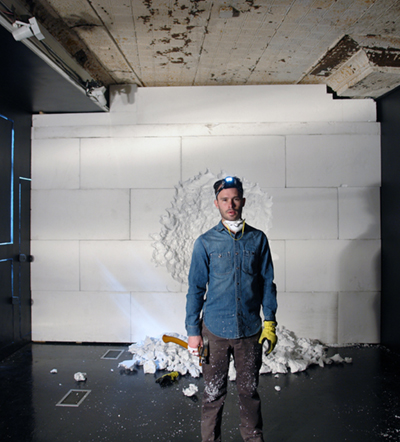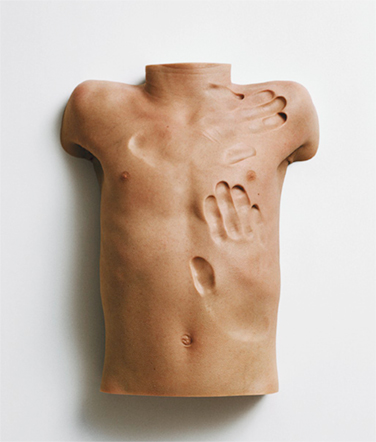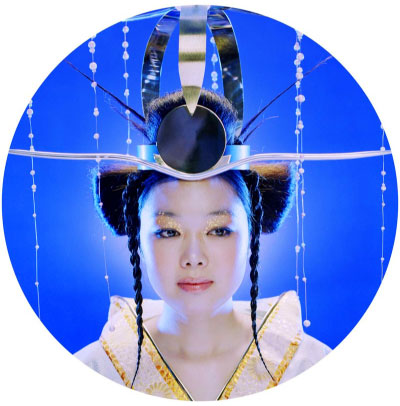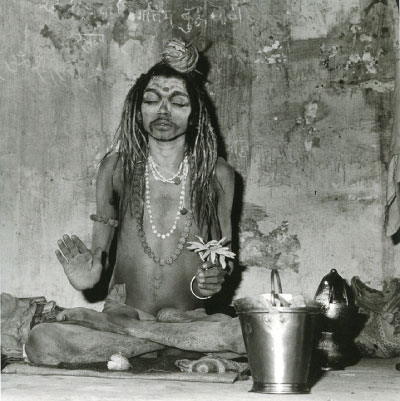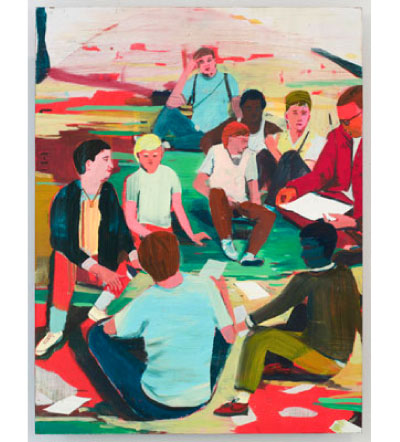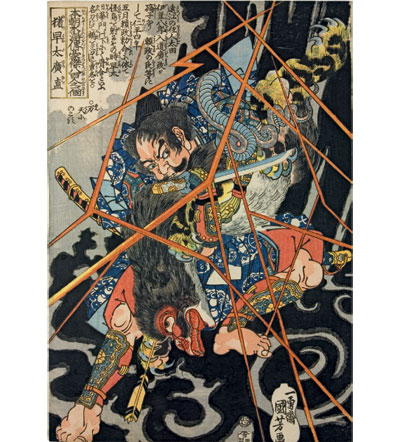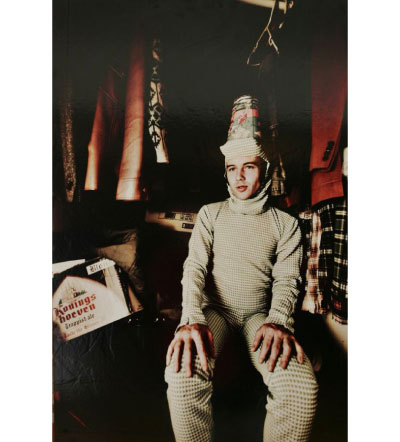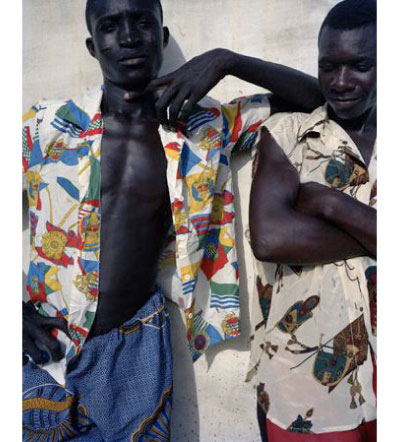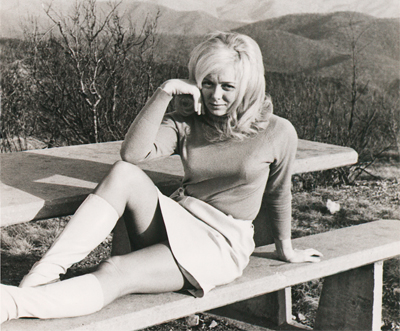
Joyce Mckinney in TABLOID directed by Errol Morris. A Sundance Selects release.

With manacled Mormons, oddball accomplices, bondage modeling, and fantasies of celestial unions, Tabloid, the new film by Academy Award-winning documentary filmmaker, Errol Morris, has been said to contain something for everyone.
A reflection on love and self-delusion, it’s enigmatic and hyperbolic even for Morris’s standards, chronicling the misadventures of beauty queen cum sex vixen, 1970s British tabloid starlet, Joyce McKinney.
“She’s a real cipher…” Morris muses, as if puzzling over a combinatory algorithm. “A mystery, but a truly romantic sort of mystery.”
To discuss his new film and its storied femme fatale, I’ve met the director on a hot July afternoon. From his hotel suite in Soho we overlook 180 degrees of Midtown’s shimmering skyline.
”[Joyce]’s volatile, and crazy, and smart, and vindictive…I really don’t know what she is, but she’s a great subject for a movie.” He concedes, smiling.
Joyce McKinney may be a handful. I suppose she’s not the existential conundrum of Abu Ghraib or Iwo Jima (two topics of his past Standard Operating Procedure (2008) and The Fog of War (2003)).
Morris has always been an expert at locating the mad hatters and outliers in society (be it teenaged assassins, ex military commanders, or pet cemetery proprietors). It might be an inane headline that sets afloat his sail of inspiration.




 Facebook
Facebook Permalink
Permalink Digg
Digg Reddit
Reddit LinkedIn
LinkedIn StumbleUpon
StumbleUpon Tumblr
Tumblr

